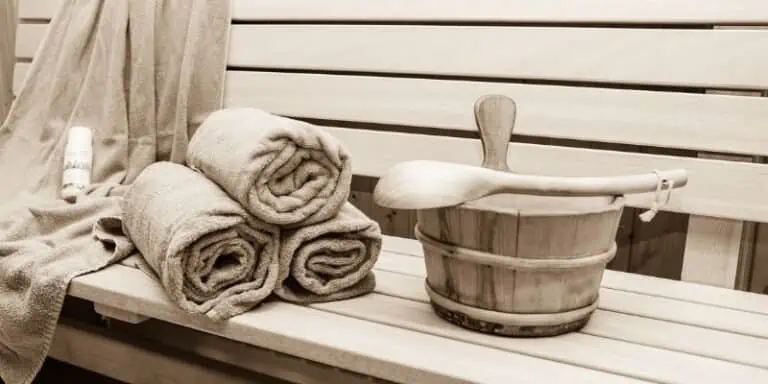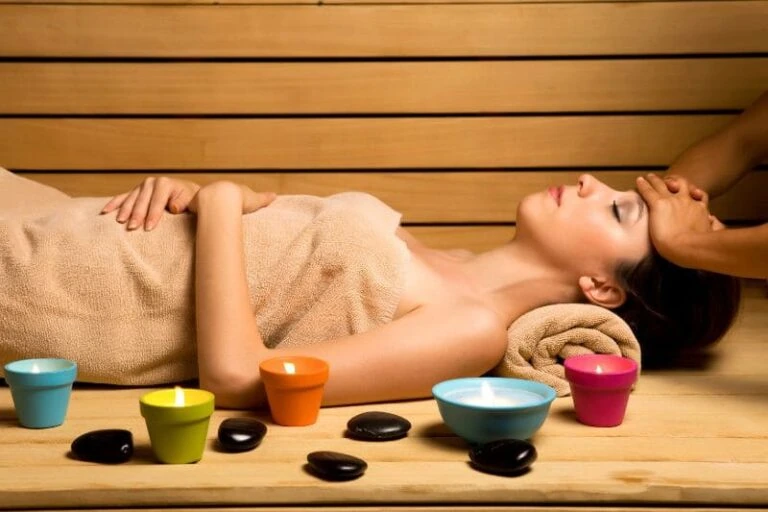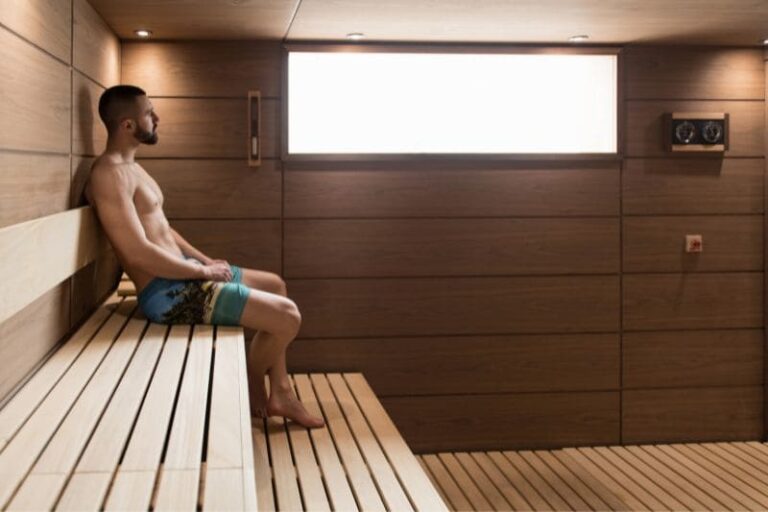Sauna for Psoriasis: Why are Doctors Backing Heat Therapy
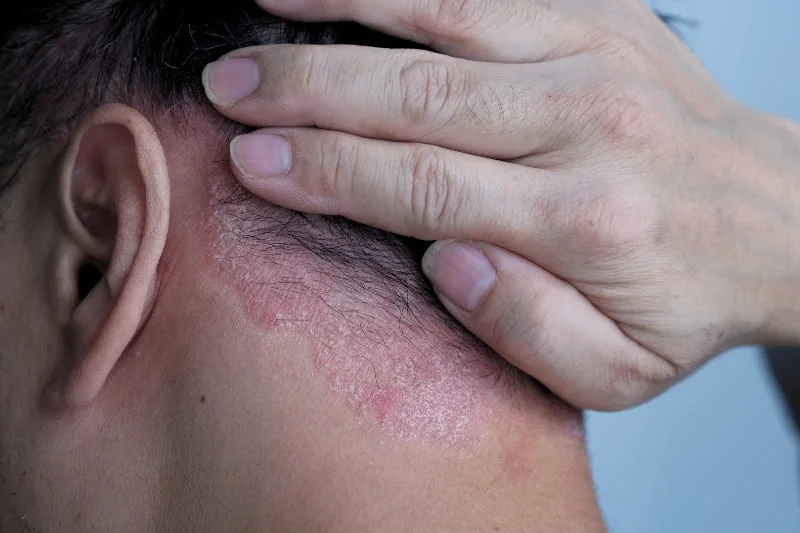
Are you tired of battling psoriasis flare-ups that just won’t quit? The itching, scaling, and discomfort can make everyday life frustrating. If you’ve tried conventional treatments with limited success, there might be a simple solution worth exploring – sauna therapy.
Many psoriasis sufferers report significant relief after regular sauna sessions, and now science is backing up these experiences. The warm, healing environment of a sauna could be the missing piece in your psoriasis management puzzle.
Let’s dive into what makes this ancient practice a potential game-changer for your skin health.
Table of Contents
MEDICAL DISCLAIMER: The information provided in this article is for educational purposes only and is not intended as medical advice. Always consult with a qualified healthcare professional before starting any new health regimen, including the use of saunas.
Can Saunas Really Help Psoriasis?
Many people wonder if sauna therapy is just another overhyped remedy or if it actually works. Let’s look at what science tells us about this treatment approach. Recent research shows promising results!
A 2022 randomized controlled trial found that thermal therapy significantly improved the quality of life in psoriasis patients. In fact, 66.1% of patients receiving spa therapy achieved major improvements compared to only 41.4% in the control group. 1
What’s even better? These benefits lasted up to 12 months after treatment, suggesting that regular heat therapy could provide long-term relief for psoriasis sufferers.
How Saunas Help Psoriasis: The Science
Sauna therapy works through several mechanisms to reduce psoriasis symptoms:
1. Microbiome Improvement: A groundbreaking 2023 study discovered that thermal therapy actually changes the skin’s microbiome. After treatment, the microbiome of affected skin areas began to resemble that of healthy skin. 2 This suggests heat therapy helps normalize the bacterial balance on your skin.
2. Reduced Inflammation: Regular sauna use has been shown to decrease C-reactive protein levels, a marker for inflammation in the body. By reducing overall inflammation, saunas can help calm the autoimmune response that triggers psoriasis flare-ups.
3. Better Blood Circulation: Heat from saunas increases blood flow to your skin, helping deliver nutrients while removing waste products. This improved circulation can speed healing and reduce scaling.
4. Stress Relief: Stress is a known trigger for psoriasis flares. The relaxing effect of sauna sessions helps lower stress hormones, which may prevent outbreaks.
5. Scale Removal: The heat and sweating process helps soften psoriasis plaques, making them easier to remove gently after your session.
The Ideal Sauna Protocol for Psoriasis
Not all sauna sessions are created equal when it comes to managing psoriasis. Here’s an evidence-based protocol based on clinical research:
Starting Out (Weeks 1-2)
- Temperature: Begin with lower temperatures (90-95°F or 32-35°C)
- Duration: 5-minute sessions with a 1:3 sauna-to-rest ratio
- Frequency: 2 times per week, allowing 48 hours between sessions
Building Up (Weeks 3-6)
- Temperature: Gradually increase by 1°C weekly up to 100°F (38°C)
- Duration: Extend by 2 minutes each week until reaching 15 minutes
- Frequency: 2-3 sessions weekly, depending on your skin’s response
Maintenance (Week 7+)
- Temperature: 100-104°F (38-40°C) for infrared; never exceed 140°F (60°C) for traditional
- Duration: 15-20 minutes per session
- Frequency: 1-2 times weekly for ongoing management
According to research from the 2022 multicenter trial, consistency is key – patients who maintained regular sessions saw benefits persist for up to a year [Beylot-Barry et al. (2022)].
Traditional vs. Infrared: Which Sauna Works Best?
Both traditional and infrared saunas can help psoriasis, but they work differently:
Traditional Saunas
- Heat the air around you (158-212°F/70-100°C)
- Create a dry heat environment
- It may be too intense for some psoriasis patients
- Best for those without sensitive skin
Infrared Saunas
- Use light waves to heat your body directly
- Operate at lower temperatures (104-140°F/40-60°C)
- Penetrate deeper into tissues
- Generally better tolerated by sensitive skin
Medical guidelines suggest infrared saunas may be safer for psoriasis patients, especially those with active flare-ups. The lower temperature reduces the risk of triggering the Koebner phenomenon (psoriasis developing at sites of skin trauma).
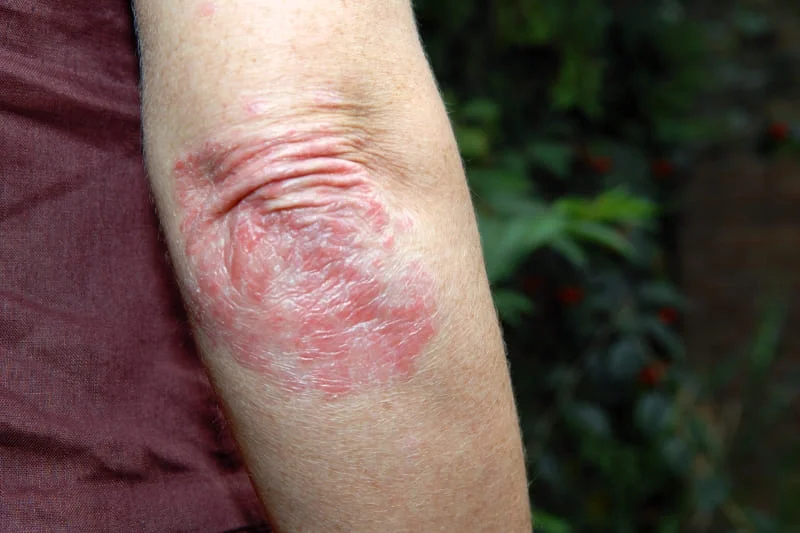
The Essential Post-Sauna Skincare Routine
What you do after your sauna session is just as important as the session itself:
1. Cool Down Gently (0-5 minutes post-sauna): Rinse with lukewarm water (≤98°F/37°C) without scrubbing or using soap.
2. Apply Moisturizer (5-10 minutes post-sauna): While your skin is still damp, apply a petrolatum-based moisturizer to lock in hydration.
3. Medication Timing (30+ minutes post-sauna): Wait at least 30 minutes before applying any prescribed topical medications, as your warmed skin absorbs products more deeply and may increase side effects.
4. Daily Maintenance: Use ceramide-containing creams three times daily between sauna sessions to maintain skin barrier function.
Important Warnings: When to Avoid Sauna Therapy
While saunas help many psoriasis patients, they’re not for everyone. Skip sauna therapy if you have:
- Active erythrodermic or pustular psoriasis flares
- Open wounds or weeping lesions
- Severe gouty or pustular forms of psoriasis
- Recent treatment with certain biologics (due to increased infection risk)
People taking certain medications should also be careful. The American Academy of Dermatology notes that heat can increase the absorption of topical corticosteroids, potentially causing side effects.
Always check with your doctor before starting sauna therapy, especially if you take biologics or have heart problems.
What Results Can You Expect?
Based on clinical observations, here’s a typical timeline for improvement:
Week 1: Reduced itching
Weeks 2-3: Softening of scales
Week 4: Less redness
Weeks 6-12: Significant improvement in patches
About 67.4% of patients report improvement in psoriasis severity after a full course of thermal therapy [Manara et al. (2023)].
Combining Sauna with Your Treatment Plan
Sauna therapy works best as part of a complete psoriasis management plan:
- Use saunas between applications of topical treatments
- Track your skin’s response using photos and notes
- Discuss your sauna routine with your dermatologist
- Don’t stop prescribed medications without medical advice
One study found that patients using thermal therapy had 43% lower rates of needing to start biological treatments compared to control groups, suggesting it might reduce the need for stronger medications [Beylot-Barry et al. (2022)].
Sauna for Psoriasis: Final Thoughts
Sauna therapy offers a promising natural approach to managing psoriasis symptoms. With the right protocol, it can reduce inflammation, improve skin appearance, and enhance your quality of life.
Start slowly, follow the recommended post-sauna skincare routine, and track your results. While not a cure, regular sauna sessions could become a valuable part of your psoriasis management toolkit.
Remember to talk with your doctor before beginning any new treatment approach, especially if you’re taking prescribed medications for psoriasis.
Resources
- Beylot-Barry, M., Mahé, E., Rolland, C., de la Bretèque, M. A., Eychenne, C., Charles, J., Payen, C., Machet, L., Vermorel, C., Foote, A., Roques, C., & Bosson, J. L. (2022). Evaluation of the benefit of thermal spa therapy in plaque psoriasis: the PSOTHERMES randomized clinical trial. International journal of biometeorology, 66(6), 1247–1256. https://doi.org/10.1007/s00484-022-02273-7 ↩︎
- Manara, S., Beghini, F., Masetti, G., Armanini, F., Geat, D., Galligioni, G., Segata, N., Farina, S., & Cristofolini, M. (2023). Thermal Therapy Modulation of the Psoriasis-Associated Skin and Gut Microbiome. Dermatology and therapy, 13(11), 2769–2783. https://doi.org/10.1007/s13555-023-01036-5 ↩︎

“Become a Sauna Expert Overnight!”
Grab Your “FREE” Sauna E-book NOW!
Get your hands on the ultimate sauna manual. From history to DIY setups, our free guide has it all.

As a Chartered Accountant turned sauna enthusiast, I bring a unique blend of analytical skills and hands-on experience to the world of heat therapy. With over a decade dedicated to researching and testing sauna products and practices, I’ve developed a deep understanding of this field. A the founder of HomeInDepth.com, I provide reliable, easy-to-understand information on all aspects of saunas. My goal is to guide you through every step of your sauna journey, offering meticulously researched, unbiased advice to help you make informed decisions and create your perfect sauna experience. I’m always happy to hear from sauna lovers like you—feel free to leave questions or share your own tips in the comments below so we can learn together. Contact me on:

